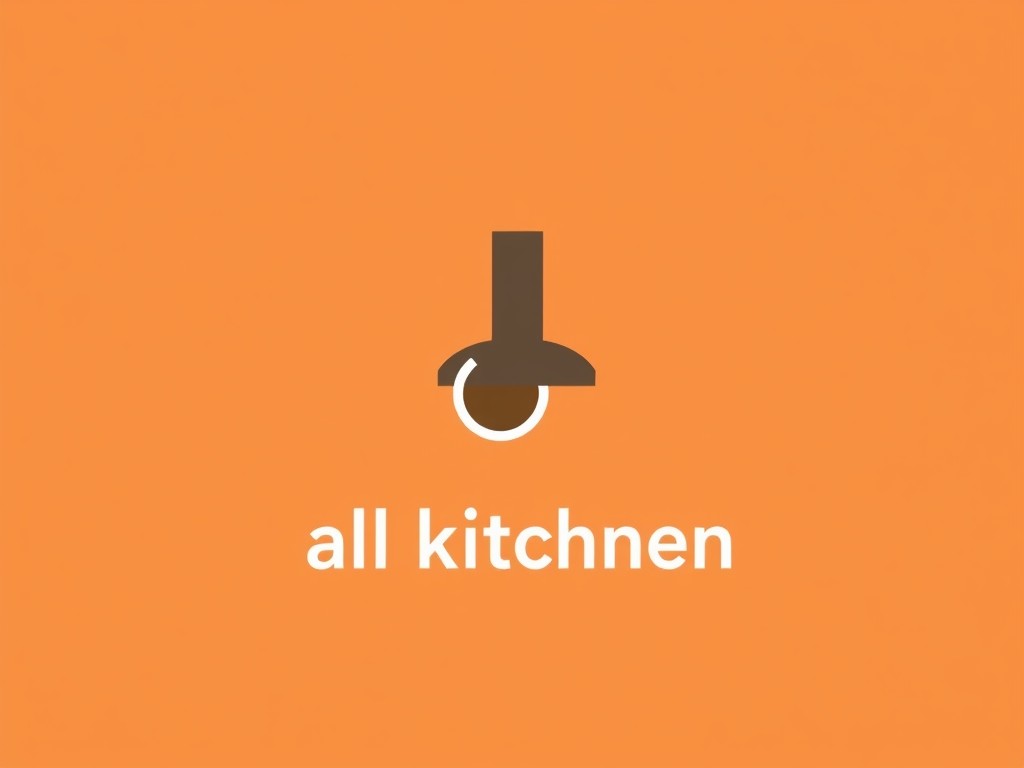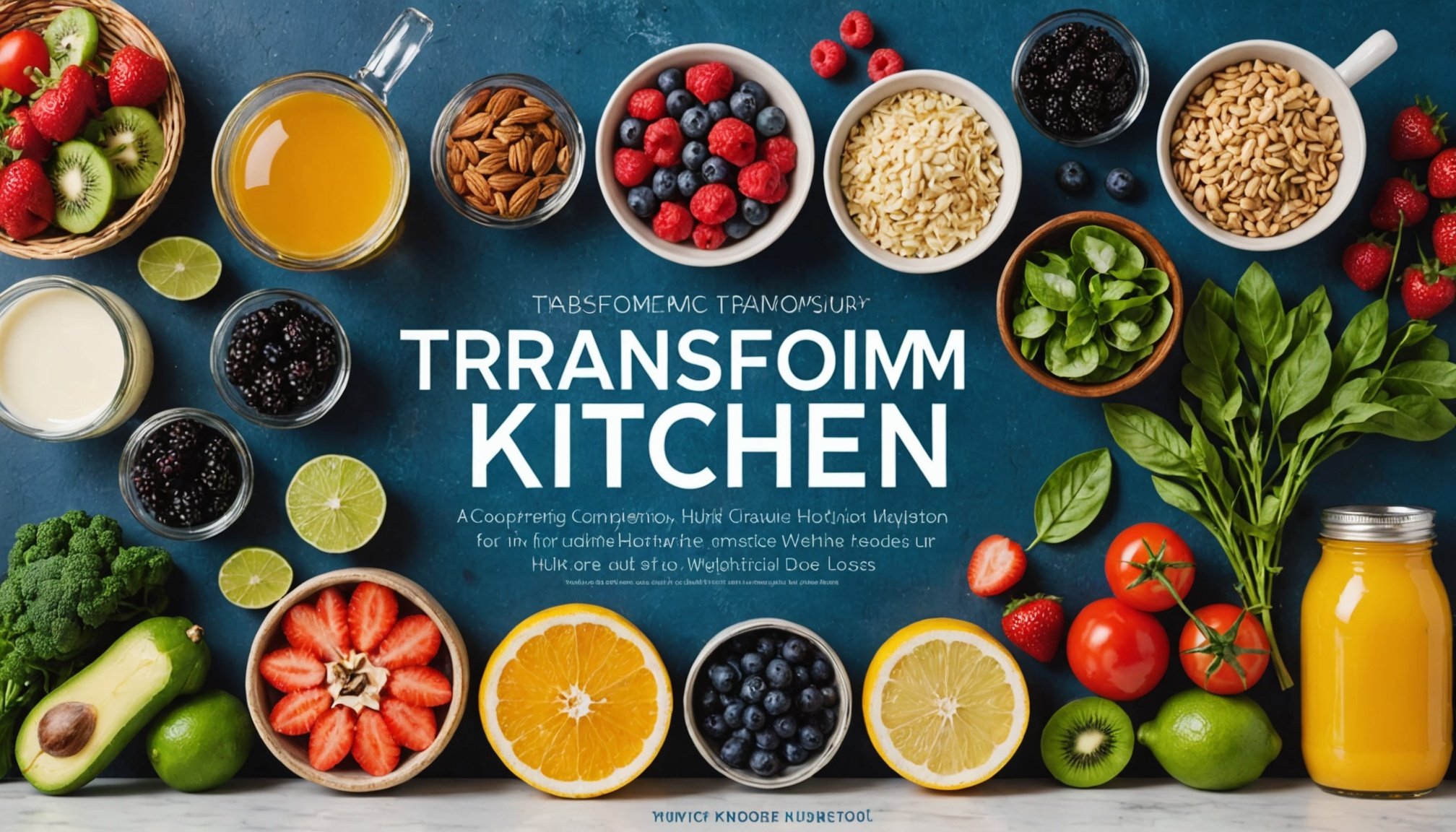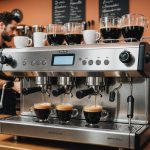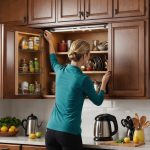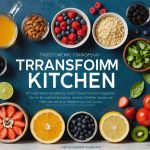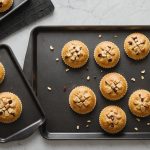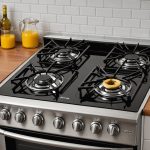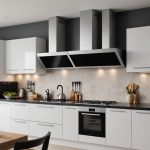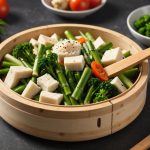Understanding Hydration’s Role in Weight Loss
The connection between hydration and weight loss is multifaceted. It begins with the physiological link between hydration and metabolism. Proper hydration aids metabolic functions, such as fat oxidation, contributing to weight loss. It ensures the body operates efficiently, processing nutrients and calories effectively. Drinking enough water helps in maintaining optimal metabolism, supporting weight loss efforts.
Hydration also plays a crucial role in appetite regulation. By keeping the stomach partially full, water can reduce cravings and prevent overeating, thus supporting calorie control. Often, people mistake thirst for hunger, leading to unnecessary calorie intake. Staying hydrated can mitigate this misinterpretation, promoting healthier eating patterns and aiding weight management.
Also read : Effortless access: innovative overhead cabinet designs for your smart kitchen and healthy eating
Beyond physical benefits, staying hydrated offers emotional advantages that impact motivation. Adequate hydration enhances mood, energy levels, and cognitive functions, crucial for maintaining motivation in weight loss journeys. Feeling energetic and mentally sharp supports adherence to fitness and dietary routines, which can be pivotal in achieving weight loss goals.
Incorporating hydration strategies is essential for anyone looking to lose weight. By understanding and leveraging the physiological, appetite-regulating, and psychological benefits of hydration, individuals can enhance their weight loss efforts significantly.
Also to see : Unlock the perfect kitchen island size for effortless healthy meal preparation success
Redesigning Your Kitchen Layout
Rethinking your kitchen layout for hydration can significantly help your wellness goals. Begin by evaluating the current space to see how it supports or hinders your hydration efforts. Next, focusing on space optimization is crucial. This involves arranging kitchen elements to facilitate easy access to hydration resources, such as water dispensers or hydration tools, which encourage regular water intake.
Assessing Current Kitchen Layout
Start by observing how you move about your kitchen daily. Ensure the traffic flow does not obstruct access to hydration zones. Analyze if you can reach hydration tools easily without navigating around obstacles.
Creating Open and Accessible Spaces
The use of open kitchen design can be practical. By minimizing clutter and ensuring surfaces like countertops are clear, you can easily spot hydration reminders. Use open shelves that make it quick to grab items such as water pitchers or glasses.
Designating Zones for Hydration
Dedicate specific areas in your kitchen for drink preparation. Consider setting up zones with hydration appliances and storage, so everything needed for preparation is within reach. This organization supports habit formation by seamlessly integrating hydration into your daily routine.
Essential Hydration Tools and Appliances
Incorporating the right hydration tools in your kitchen can enhance your water intake and promote healthy habits. Must-have appliances include a high-quality water filter, which ensures clean drinking water by removing impurities. A blender is essential for preparing nutrient-rich smoothies and other healthy drinks. Storage containers, especially those designed for infused water or herbal teas, help maintain freshness and encourage creativity with flavour combinations.
Investing in smart gadgets can motivate you to stay hydrated. Smart water bottles, for instance, track water consumption and remind you to drink more regularly. Apps that monitor your hydration levels and suggest goals tailored to your lifestyle can also be beneficial.
Organising these tools properly in your kitchen is key, as accessibility encourages frequent use. Keep essential kitchen gadgets and hydration tools within easy reach. This convenience not only supports regular hydration but also contributes to developing better health routines. By embracing the right strategies and utilising innovative tools, enhancing daily water intake becomes simple and enjoyable, ultimately supporting your overall wellness journey.
Recipe Ideas for Healthy Hydrating Drinks
Incorporating healthy hydration recipes into your daily routine is both rewarding and enjoyable. Let’s explore some of these refreshing options.
Infused Water Combinations
Infused water is a simple yet effective way to boost your water intake. Experimenting with various fruit and herb combinations can result in delicious and refreshing beverages. Try mixing cucumber slices with mint leaves or lemon wedges with fresh basil for a revitalizing drink. The possibilities are endless, allowing you to tailor flavours to your preferences while staying hydrated.
Smoothies for Weight Loss
Smoothies are not only hydrating but can also aid in weight loss. Focus on nutrient-rich recipes that combine leafy greens, such as spinach or kale, with hydrating fruits like watermelon or strawberries. Adding a source of protein, like Greek yoghurt or almond butter, enhances the smoothie’s satiating power. These smoothies replenish your hydration levels and make for perfect pre- or post-workout snacks.
Herbal Teas and Their Benefits
Herbal teas offer numerous benefits beyond hydration. They are caffeine-free with many flavours available. Varieties like chamomile promote relaxation, while ginger tea aids digestion. Incorporate these teas into your routine to enjoy their unique benefits alongside improved hydration.
Storage Solutions for Hydration Ingredients
Efficient kitchen storage solutions can dramatically enhance your hydration habits. By organising hydration ingredients effectively, you minimise clutter and encourage regular use. Start with the best practices for storing fruits and herbs essential for your hydration routines. Fruits should be kept in the refrigerator to maintain freshness, while herbs are best stored in airtight containers to preserve flavour. Using transparent containers not only boosts visibility but also serves as a motivator by showcasing colourful and enticing ingredients.
Space-saving hacks are invaluable for managing your pantry efficiently. Vertical storage solutions, such as tiered shelves, help maximise space in cramped cupboards, making it easier to spot and grab hydration essentials. Label your containers clearly to avoid confusion and ensure you can find ingredients quickly, fostering a seamless experience when preparing hydrating beverages.
Having well-organised storage for hydration ingredients contributes to a smooth-flowing kitchen environment. It supports habit formation by providing easy access to necessary items, ultimately integrating hydration into your daily routine and enriching your overall wellness journey. By utilising these clever storage strategies, maintaining an organised pantry becomes a rewarding aspect of your quest for better health.
Psychological Benefits of a Hydration-Focused Kitchen
A hydration-focused environment can significantly enhance your mental well-being and motivation. By incorporating motivational techniques, you can foster positive habits that support consistent hydration. This approach links physical wellness with psychological health, creating a comprehensive wellness environment.
Creating Motivation through Environment
Designing your kitchen to highlight hydration resources can aid in cultivating a motivational atmosphere. Placing visual cues, like colourful water bottles and infused water options, draw attention and encourage regular water intake. These visual prompts reinforce the psychological impact of hydration, integrating it seamlessly into daily life.
Positive Habits and Associations
Establishing positive associations with hydration encourages regular water consumption. Utilize appealing glassware or innovative kitchen gadgets to make the act of drinking water more enjoyable. Associating these tools with joyful moments creates a positive emotional impact, improving motivation.
The Role of Accessibility in Habit Formation
Accessibility is crucial in forming and maintaining hydration habits. Ensure hydration tools are easily reachable to decrease barriers to frequent use. Position items like smart water bottles where you spend most of your time, facilitating a natural routine. This accessibility boosts motivation, turning hydration into a permanent wellness practice.
